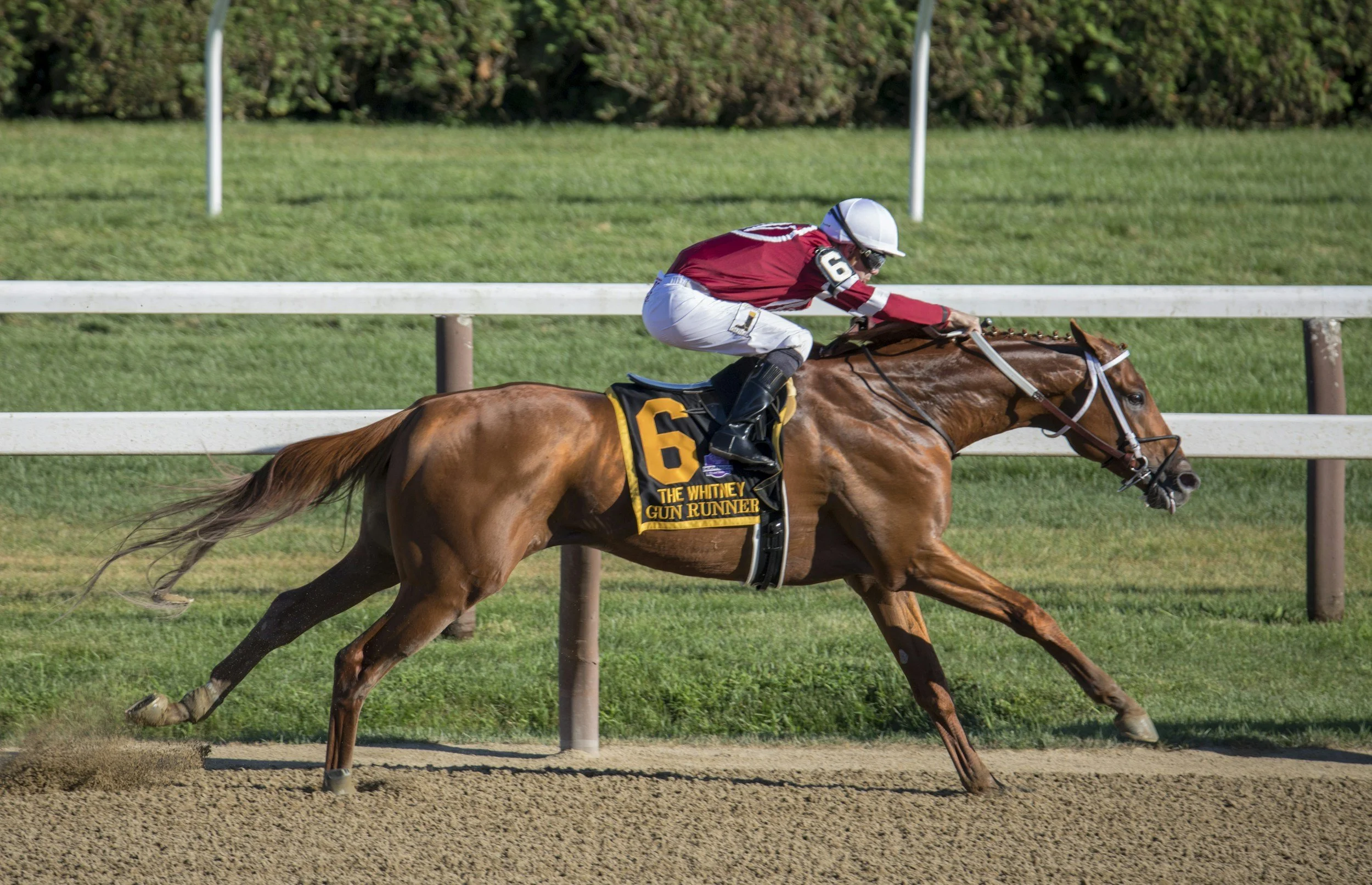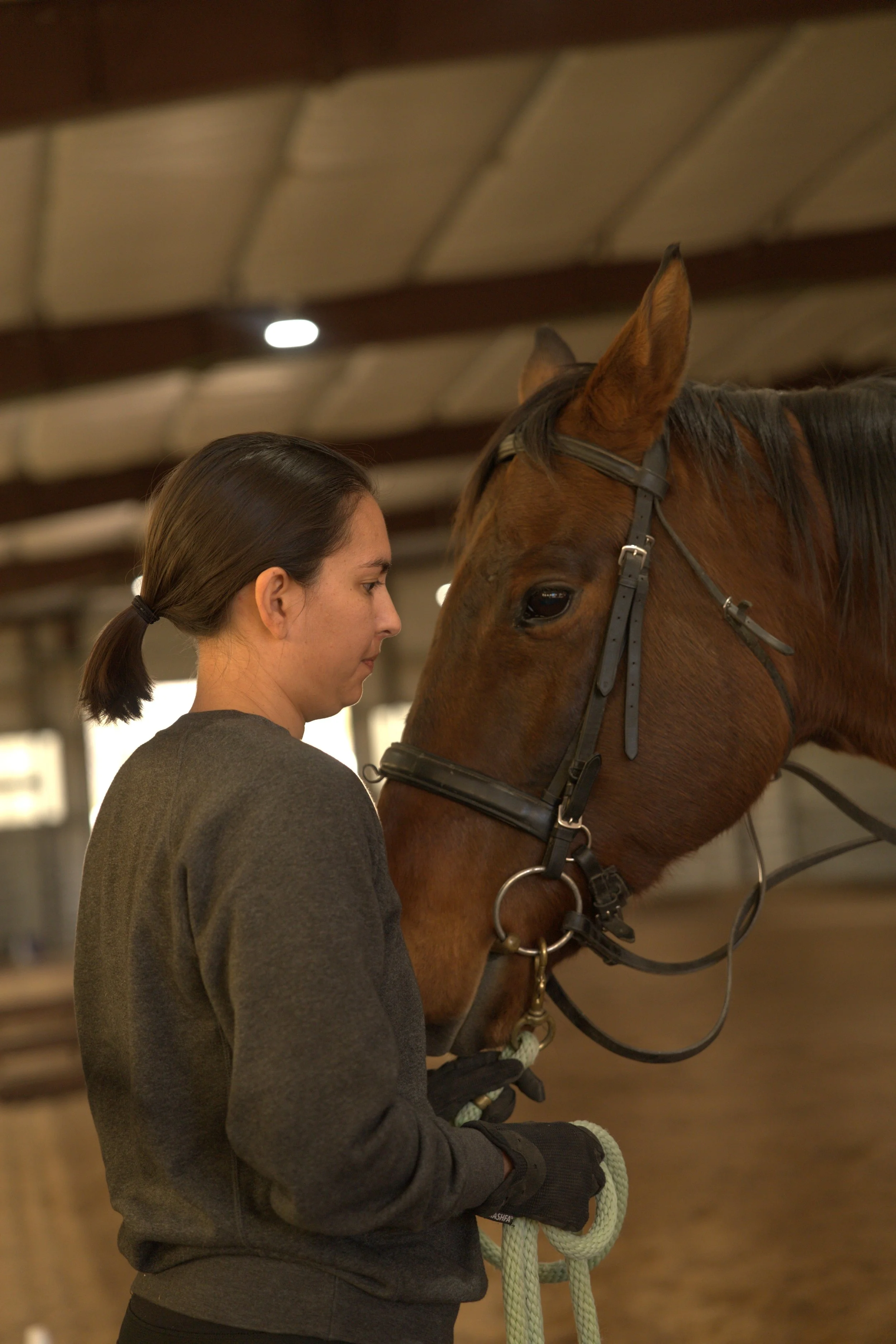OTTB Asymmetry Project
Persistent gait asymmetries are a hallmark of off-the-track Thoroughbreds (OTTBs), often reflecting the physical stresses of racing. Using inertial sensors and high-speed video, we measure subtle left–right imbalances across walk, trot, and canter, both with and without a rider. These asymmetries are typically magnified at faster gaits and under rider load, highlighting long-term adaptations from racing.
Our work tests whether classical dressage training and bodywork can reduce asymmetries and lower stress, measured through heart rate variability (HRV) and other physiological indicators. By comparing OTTBs to performance horses, we aim to distinguish adaptive movement patterns from pathology, providing evidence-based rehabilitation strategies. This research will create an open-source analysis pipeline and public dataset, improving reproducibility and helping trainers, veterinarians, and researchers better support OTTBs in second careers.
Breathwork and HRV Project
Horse–human interactions are shaped by shared physiology. Trainers often report that a rider’s breathing can influence a horse’s relaxation, but these claims lack quantitative validation. Our study brings data science into this relationship.
Using wearable sensors on both horse and rider, we measure heart rate, HRV, breathing, and gait during groundwork and riding. Participants alternate between natural breathing and a structured elliptical nasal breathing method developed by Dr. Susan Fay. We then apply advanced modeling tools—such as transfer entropy and weakly coupled oscillator models—to assess how breathing patterns and stress regulation transfer between horse and rider.
Our goal is to determine whether structured breathwork improves equine HRV, gait symmetry, and relaxation, while also enhancing rider regulation. This work directly informs equine-assisted services (EAS), offering evidence-based practices that benefit both horses and humans.

